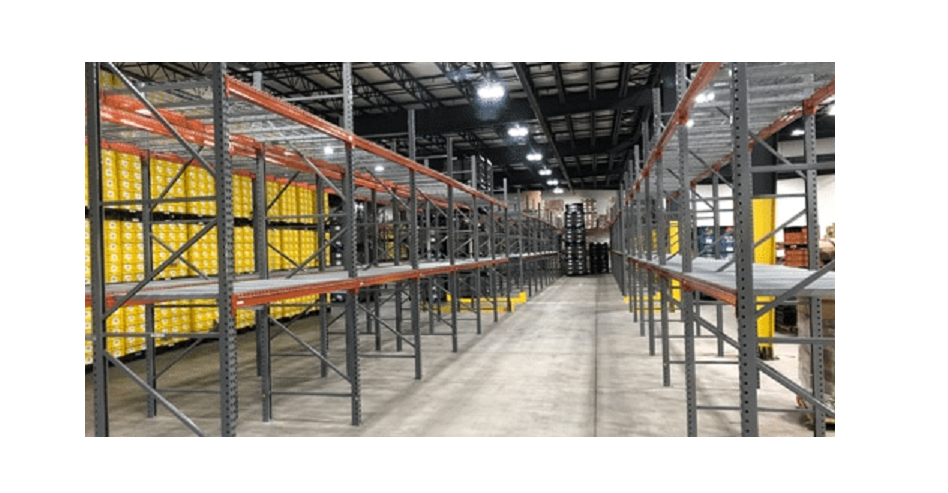
FAQs about Racking Warehouse Systems
Why Should We Use a Warehouse Racking System?
For one thing, using a racking system is far less expensive than doubling the size of an existing warehouse. Adding a racking system to your warehouse can double or even triple the number of goods you can handle, and adding forklifts to a simple warehousing operation usually results in a significant increase in efficiency.
Businesses nowadays are more concerned with the bottom line than ever before, and a warehouse without even the most basic racking system is nearly always inefficient. Forklifts are generally present in warehouses that deal with large commodities, making the transfer to a racking system much easier.
What Safety Concerns Are We Looking At?
You’ll need to take extra special precautions to avoid damage because your raw materials will be stored dozens of feet above the warehouse floor. Pay strict attention to any slack racking system components, especially after installation, because even the smallest mistake could result in materials falling.
Also, make sure to adhere to each manufacturer’s rigorous load limitations. While your racking system may appear to be capable of handling more, it is not safe and could result in goods being damaged or workers being injured. Rack audits should be conducted regularly to maintain product integrity.
What is a Concentrated Point Load?
The weight of a concentrated static load is not equally distributed throughout the deck’s surface. A point load is a static load that is concentrated at certain locations on the deck. For example, a container with feet or bars that hold the weight, which is concentrated in a few different regions of the container, could be used.
How Often Should We Have My Racks Inspected?
MHI (Material Handling Institute) recommends having your racks evaluated at least once a year. Additionally, if a forklift or other warehouse equipment damages your racking system, we recommend having your racks inspected replacing the damaged item. In your warehouse, safety should be a top priority.
Why Do My Racks Need to be Anchored?
Racking must be attached to the floor, according to the Rack Manufacturers’ Institute. This is true for all racking frames at all times. Contact the manufacturer if you’re not sure what size anchor bolts to use. If you’re in a seismic zone, you may need more than a conventional ½” anchor bolt to meet the requirements.
You may only require one anchor bolt per column, or you may need to utilize all four holes in the base, depending on the racks and your position. Your manufacturer should be well-versed in the regulations and can ensure that your racks are properly grounded to comply with local regulations. Anchors maintain the racks in place, ensuring pallet racking reliability and durability while also ensuring warehouse safety.
Find below a list of the top
Racking Systems in Doha, Qatar:
Related Tags: Racking Systems in Doha Qatar |
Qatar Directory on Facebook |
Qatar Directory on Twitter |
Qatar Directory Online
RACKING SOLUTIONS
Find below a list of the top products suppliers of
Racking Solutions in Doha, Qatar:
- NILKAMAL
- Warehouse Racking Systems, Industrial Storage Systems, Heavy Duty Pallet Racks, Mezzanine Racking Systems, Drive In Racks, Cantilever Arm Storage Racks, Shuttle Rack Systems, Push Back Pallet Racks, Gravity Flow Racks - PENCO INC
- Steel Lockers, Shelving And Racking System
Related Tags:Racking Solutions products in doha qatar |
NILKAMAL Products in Doha Qatar |
PENCO INC Products in Doha Qatar |
Qatar Directory on Facebook |
Qatar Directory on Twitter |
Qatar Directory Online